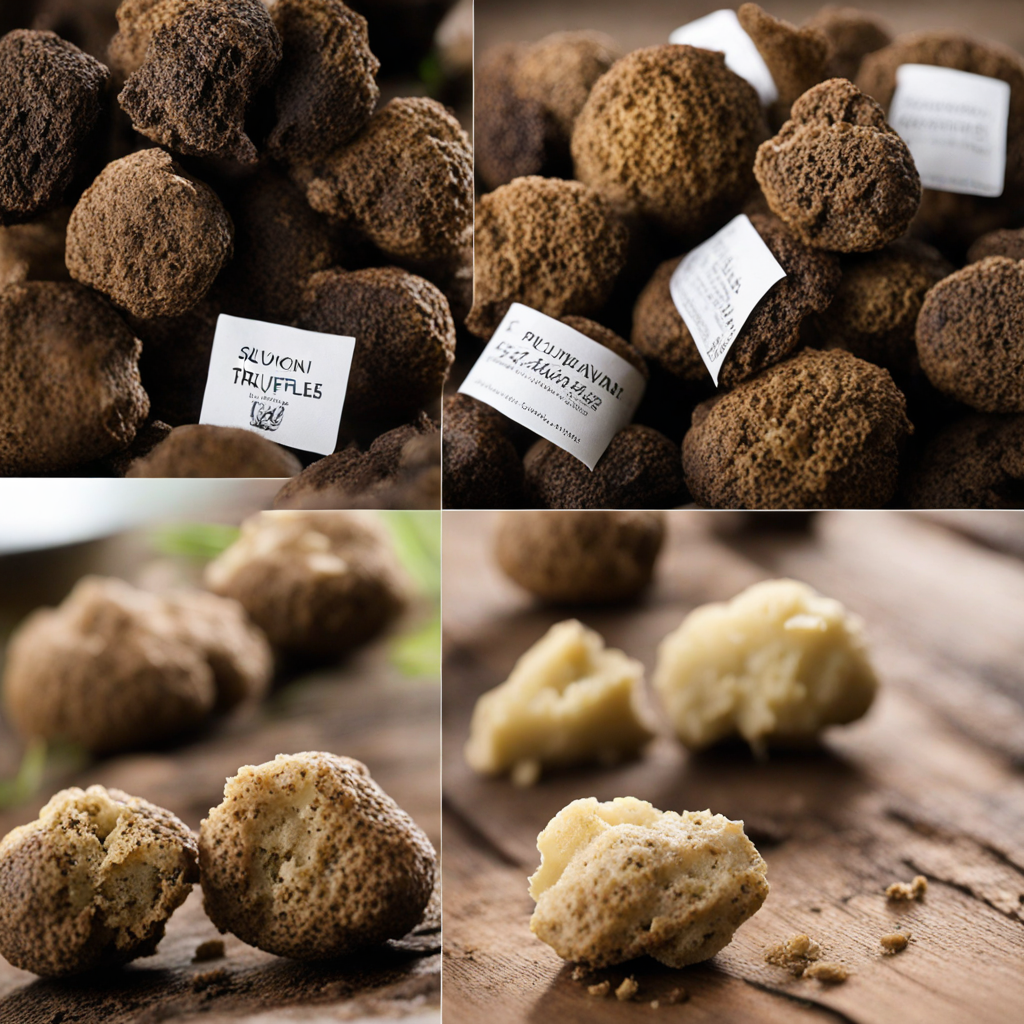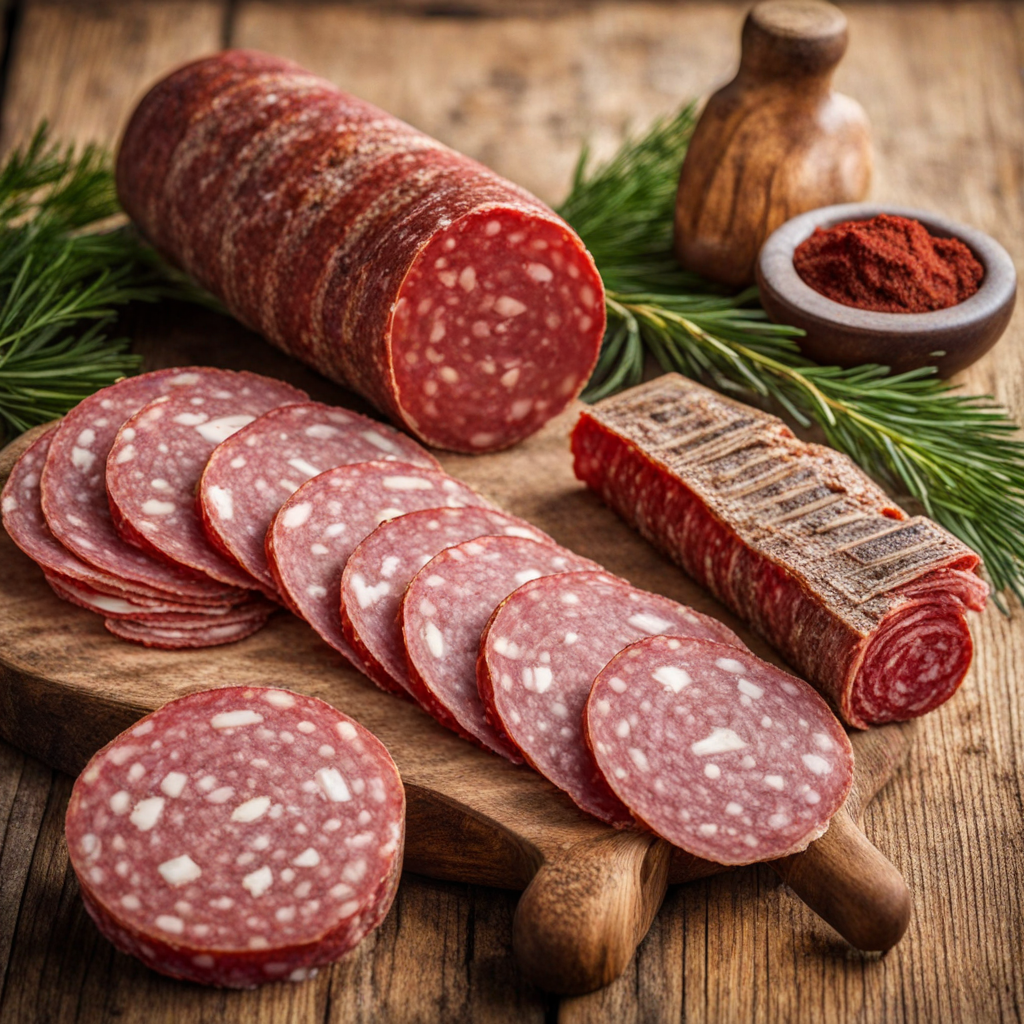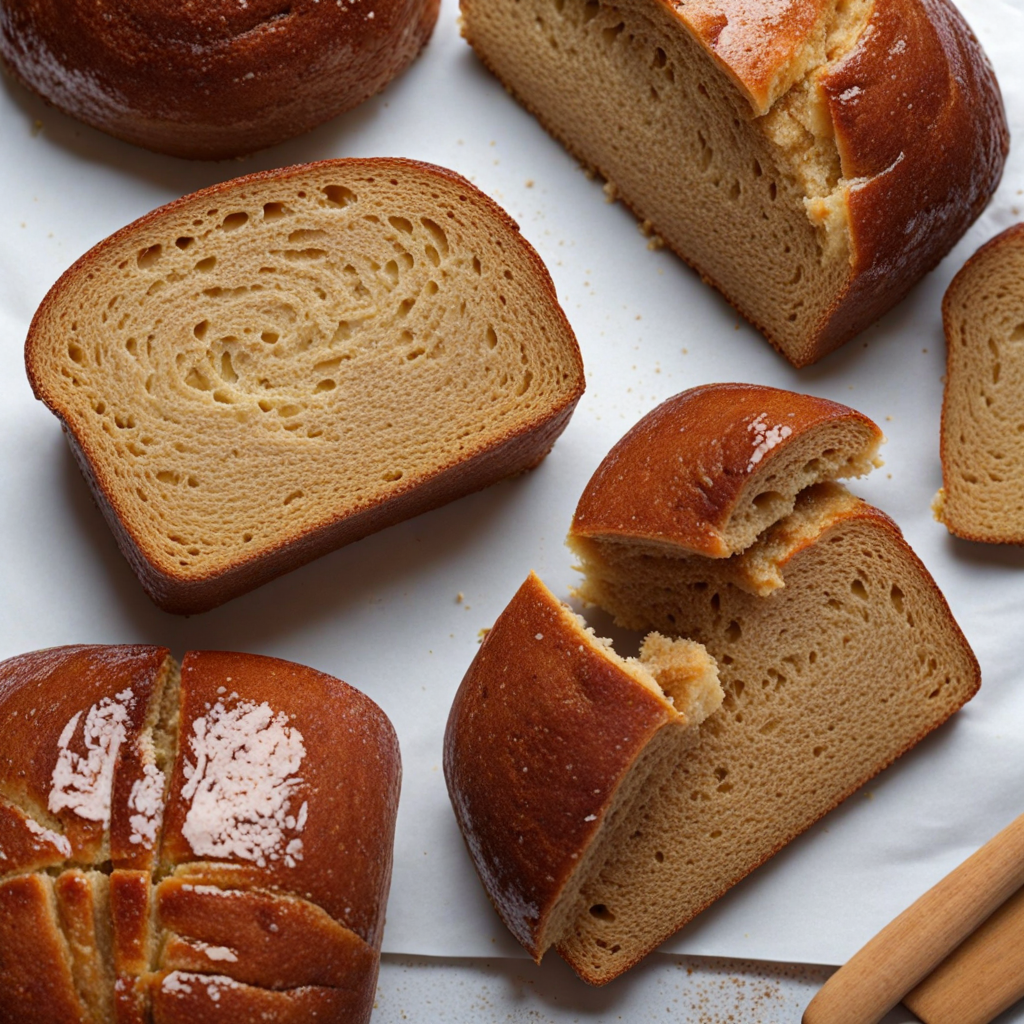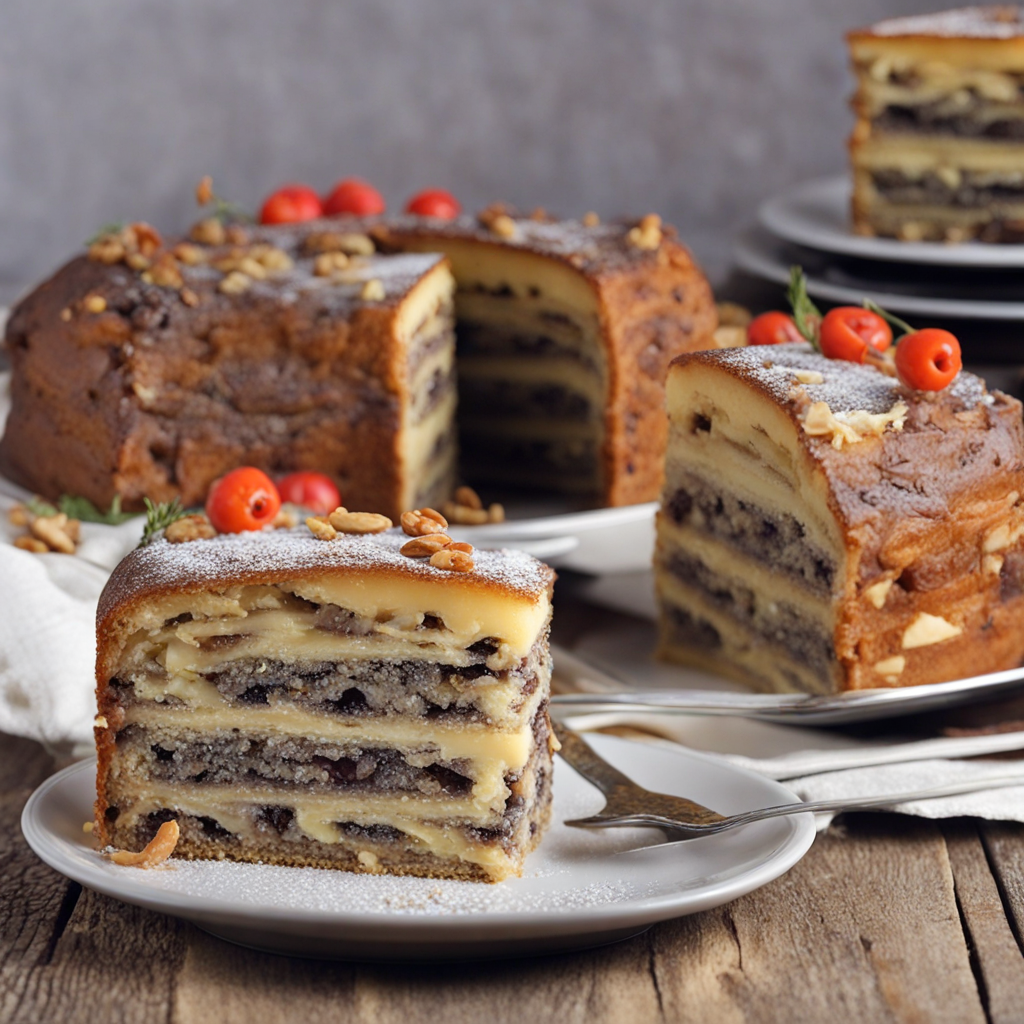Slovenian Truffles
Slovenian truffles are a culinary treasure, offering a unique and earthy flavor profile that delights the palate. Found primarily in the forests of Slovenia, particularly in the regions of Istria and the Soča Valley, these aromatic fungi come in two main varieties: the prized white truffle (Tuber magnatum) and the black truffle (Tuber melanosporum). The white truffle, known for its intense and robust aroma, boasts a pungent flavor that is often described as garlicky and musky, while the black truffle presents a more subtle, earthy taste, with hints of chocolate and spice. Both varieties elevate dishes, bringing a complexity and depth that is hard to replicate with other ingredients. When it comes to culinary applications, Slovenian truffles are incredibly versatile. Chefs often use them to enhance a variety of dishes, from simple pasta and risottos to gourmet meats and seafood. A delicate shaving of fresh truffle can transform a dish, adding an intoxicating aroma that captivates the senses. Truffles are also commonly infused into oils and butters, making them an accessible luxury for home cooks looking to elevate their culinary creations. Pairing truffles with local Slovenian wines, such as the indigenous Rebula or Merlot, further enhances the dining experience, showcasing the region's rich agricultural heritage. Beyond their exquisite taste, Slovenian truffles are a symbol of the country's commitment to sustainable foraging and local gastronomy. Harvested by trained dogs who sniff out their location in the wild, these truffles are celebrated during seasonal events and festivals, attracting gastronomes and foragers alike. The experience of discovering Slovenian truffles is not just about the flavor; it's about connecting with nature and tradition, immersing oneself in the rich culinary landscape of Slovenia, and savoring a taste that is as unique as the land it comes from.
How It Became This Dish
Slovenski Tartufi: A Taste of Slovenia’s Culinary Heritage Slovenia, a small yet diverse country in Central Europe, is often celebrated for its stunning landscapes and rich cultural tapestry. Among its culinary treasures, *slovenski tartufi* (Slovenian truffles) stand out not only as a delicacy but also as a symbol of the country's deep-rooted connection to nature and tradition. This exploration of *slovenski tartufi* will delve into their origins, cultural significance, and the evolution of their presence in Slovenian gastronomy. #### Origins of Slovenski Tartufi Truffles have been a part of European culinary history for centuries, but their specific origins in Slovenia can be traced back to the lush forests of the country, particularly in the regions of Istria and Prekmurje. These areas provide the ideal conditions for truffle growth, characterized by limestone soil, specific flora, and a temperate climate. The most sought-after species in Slovenia is the *Tuber magnatum*, commonly known as the white truffle, which can be found around the roots of oak, hazelnut, and beech trees. Historically, truffles were considered a mysterious food, often associated with the earth’s magic. Ancient Romans believed that they were a result of lightning strikes and held aphrodisiac properties. This air of mystique surrounding truffles has persisted through the ages, contributing to their cultural significance. In Slovenia, the gathering of truffles became a tradition passed down through generations, often involving local families who would use specially trained dogs or pigs to sniff out these hidden gems in the forest. #### Cultural Significance In Slovenia, *slovenski tartufi* represent more than just a culinary delight; they embody a connection to the land and the community. Truffle hunting is often a communal activity, fostering bonds among participants and creating a shared appreciation for the natural environment. The process of foraging for truffles encourages a deep respect for nature and its rhythms, aligning with Slovenia’s strong ethos of sustainability and environmental stewardship. The annual truffle festivals held in various towns, such as the Truffle Festival in the town of Livade, celebrate the harvest season and showcase the culinary versatility of truffles. These festivals attract both locals and tourists, offering tastings, cooking demonstrations, and competitions. They not only highlight the gastronomic potential of truffles but also serve as cultural events that bolster local economies and create a sense of pride in Slovenian heritage. Slovenian truffles have also gained international recognition, with chefs from around the world incorporating them into their dishes. This global interest has helped to elevate Slovenia’s culinary status on the international stage, positioning it as a destination for food lovers seeking authentic and unique experiences. #### Development Over Time The history of truffles in Slovenia reflects broader trends in European cuisine. In the early 20th century, truffle hunting was primarily a rural activity, with local families relying on foraging as a means of sustenance. However, as Slovenia gained independence in the early 1990s, the country began to assert its identity on the global stage, and the culinary scene started to flourish. Chefs began to experiment with truffles, integrating them into traditional Slovenian dishes while also creating innovative recipes that highlighted their unique flavor profile. The rise of gourmet dining in Slovenia can be traced to this period of culinary exploration. Renowned chefs like Ana Roš and Janez Bratovž began to draw attention to the use of local ingredients, including truffles, in their high-end restaurants. Their work has not only popularized Slovenian cuisine but has also emphasized the importance of local sourcing and seasonal cooking. Truffles became a staple in fine dining establishments, often featured in dishes such as handmade pasta, risottos, and gourmet sauces, showcasing their versatility and elevating Slovenian cuisine to new heights. Moreover, the increasing popularity of truffles has led to the establishment of truffle farms in Slovenia. While wild truffles remain a cherished tradition, truffle cultivation has emerged as a significant industry, with local entrepreneurs investing in the planting of truffle-producing trees. This shift ensures a more sustainable supply of truffles, allowing chefs to incorporate them into their menus year-round while maintaining the ecological balance of the local environment. #### Modern-Day Truffle Culture Today, *slovenski tartufi* are not just a culinary ingredient; they are a cultural icon that encapsulates Slovenia's rich heritage. The commitment to preserving traditional foraging techniques alongside modern cultivation practices reflects a harmonious balance between tradition and innovation. The Slovenian government has recognized the economic potential of truffles, implementing regulations to protect truffle habitats and promote sustainable harvesting practices. Education plays a vital role in the ongoing appreciation of truffles in Slovenia. Culinary schools are increasingly incorporating truffle foraging and preparation into their curricula, ensuring that future chefs are well-versed in this unique aspect of Slovenian cuisine. Food tourism has also expanded, with guided truffle hunting tours offering visitors an immersive experience where they can learn about the intricacies of foraging, the ecological significance of truffles, and their culinary applications. Furthermore, the global movement towards farm-to-table dining has further cemented the status of *slovenski tartufi* as a sought-after ingredient. With a growing emphasis on local sourcing, truffles are celebrated not just for their flavor but also for their story—connecting diners to the land and the people who cultivate it. #### Conclusion *Slovenski tartufi* are more than just a culinary delight; they are a testament to Slovenia's rich cultural heritage, ecological diversity, and culinary innovation. The journey of truffles from the forest floor to gourmet dishes encapsulates a deep respect for nature and a commitment to sustainability. As Slovenia continues to carve its niche in the global culinary landscape, *slovenski tartufi* will undoubtedly remain a cherished symbol of the country's gastronomic identity, inviting both locals and visitors alike to savor the unique flavors of this enchanting land.
You may like
Discover local flavors from Slovenia







